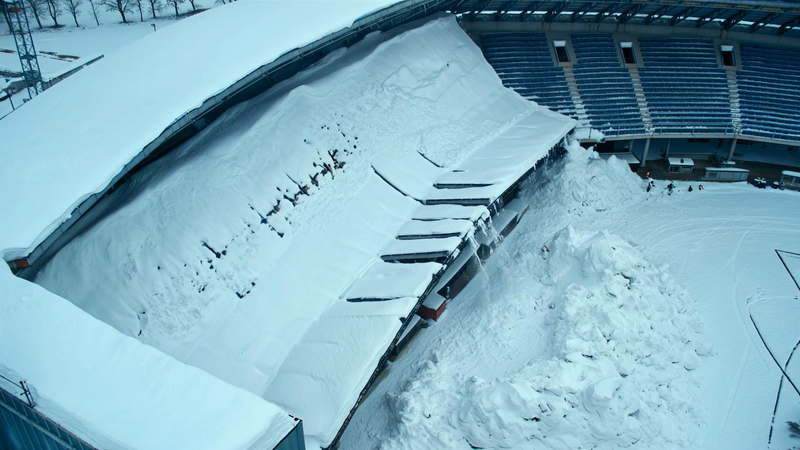Got plans to chill this winter? Harbin in the Chinese mainland just turned up the heat (figuratively) on snow-related roof collapses ❄️🏠! Engineers at the Harbin Institute of Technology have unveiled the world's first Simulator of Natural Action of Wind-Rain-Heat-Snow for Space Structure.
Why does this matter? Too much snow buildup is no joke: think extra weight on big roofs like stadiums or airports. When snow, wind and even thawing cycles collide, structures can fail. The new simulator reproduces the full snow cycle: accumulation, drifting, melting, crystallization, and re-accumulation – all under realistic wind and rain conditions. The result? Ultra-precise data on how snow loads affect space structures, so designers can build safer, more reliable roofs.
In practice, this could translate to fewer emergency repairs, lower maintenance costs, and more secure public spaces. Plus, as climate patterns shift and extreme weather events become more common, tools like this help cities adapt faster 🌍✅.
For students, entrepreneurs, and researchers, this breakthrough offers a real-world example of how advanced simulations drive innovation in civil engineering and urban resilience.
Next time you admire those sleek, large-span roofs, remember there’s a high-tech lab in Harbin working behind the scenes to keep us all covered – literally! 😉👍
Reference(s):
China tackles building collapse risks with advanced weather simulator
cgtn.com




